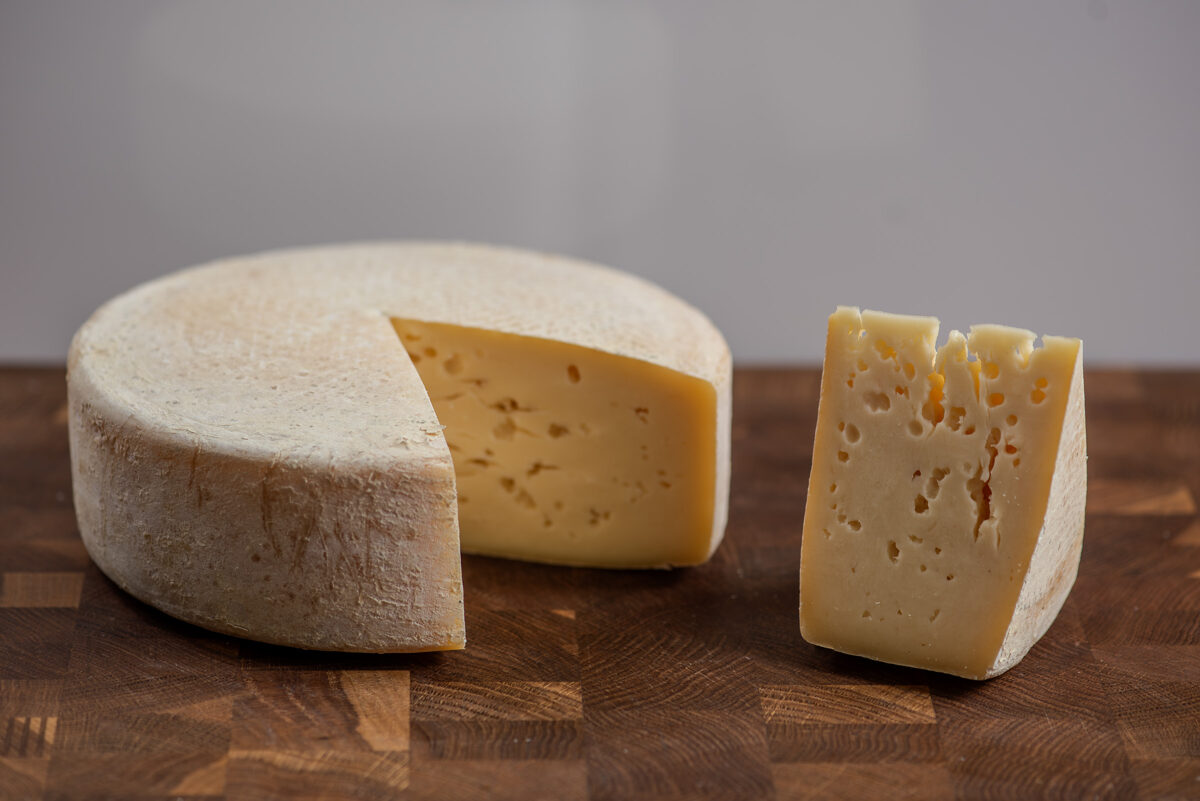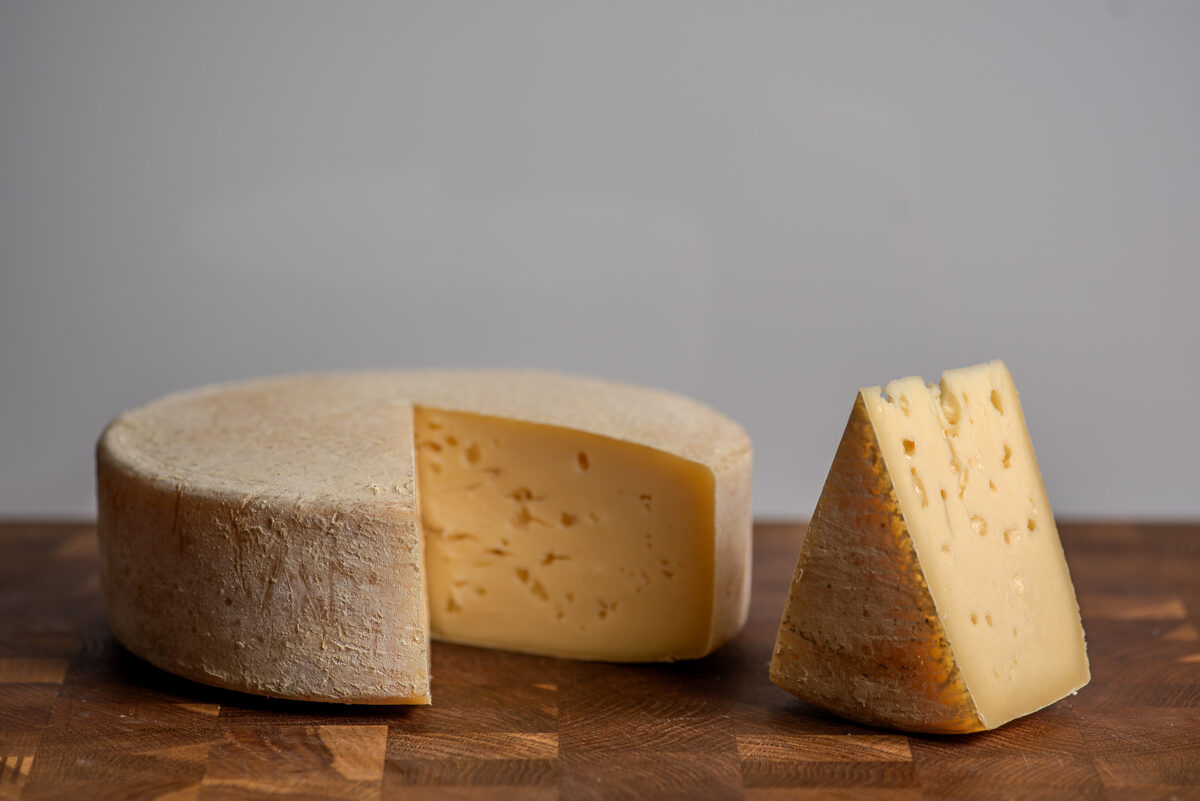
Required:
- 13 liters of milk
- Micromilk Geotrichum Candidum: 0.05gr (1/64tsp).
- Micromilk ME: 0.7gr or 0.21gr (0.07 doses), or Lactoferm MSE cheese culture: 0.7gr
- Micromilk MOT: 0.7gr or 0.21gr (0.07 doses), or Lactoferm MST cheese culture: 0.7gr
- Calcium Chloride (CaCl2): 2.5ml
- Rennet: 1.5ml (710 - 739 IMCU/ml)
- Annato: 8 drops (optional)
- Brine solution 24%
- Brine for washing the rind.
Recipe
(The video has subtitles in several languages)
Preparing (1h 40min)
|
Processing (3h)
|
Pressing and salting (3h 40min + 5h)
|
We look forward to your feedback!
** The time of milk coagulation (thickening) depends on the quantity of calcium chloride and rennet. It can be adjusted for best coagulation time, which should ideally be 12 minutes. For instance, if the first time your milk has thickened after 20 minutes, then increase the next dose of enzyme.




